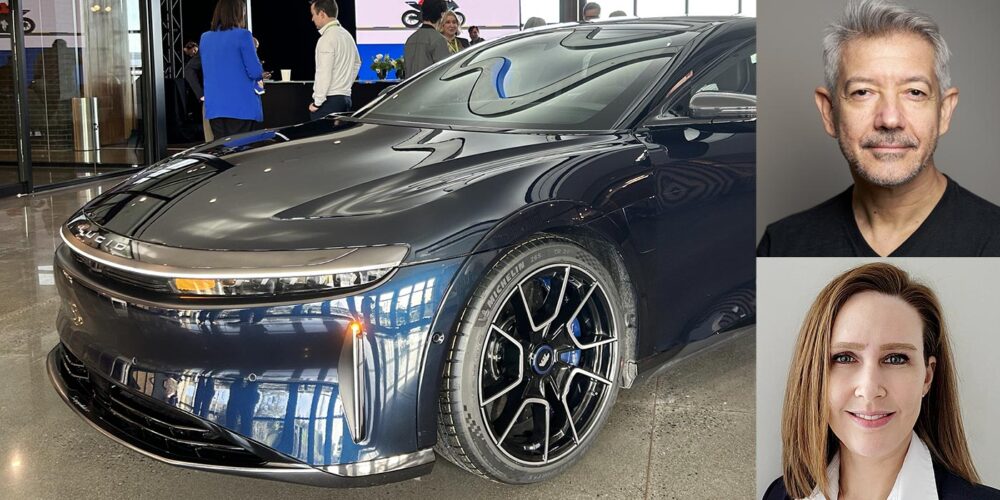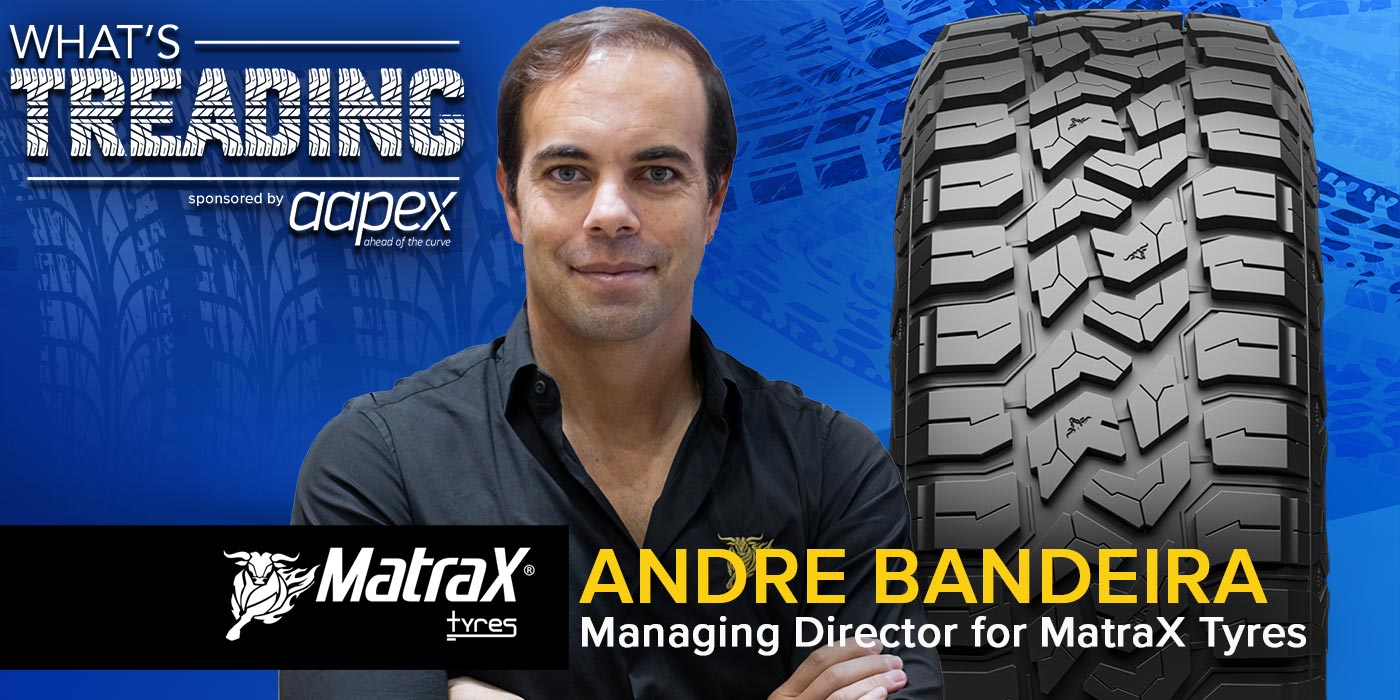When it comes to ordering a timing belt or a timing belt kit, there are a lot of choices. Different brands, prices, and quality levels can be confusing. But you have to ask yourself, “How well does the replacement belt match the original belt for materials and design?”
Let’s talk materials. Most modern timing belts are not made of old-school natural rubber. These are complex synthetic materials. Older belts can be made of neoprene. This material is strong and can last a long time under the hood. Some late model timing belts can be made of hydrogenated natural rubber or HNBR. This material has allowed some OEMs to push replacement intervals past 90,000 miles.
Don’t forget the structural elements in the backing of the belt. These can include engineered fabrics made of advanced materials. The materials can determine how well the belt resists heat cycles and distortion during the service interval. The design of the teeth of the belt can vary in more than pitch, depth and width. The teeth can be trapezoidal, curvilinear or other unique profiles. The different shapes work with the cogs to improve power transfer, lower noise, and even reduce abrasion. The profiles are not interchangeable. If a replacement belt does not have the same profile, the engine can jump timing and fail prematurely.
So how do timing belt manufacturers engineer new applications? The first step is to acquire the original belt. Some belt manufacturers might just source a belt from a dealership parts department when it becomes available. Other belt manufacturers will acquire the entire vehicle.
So not only the belt can be engineered, but also the pulleys and tensioners. Reputable timing belt manufacturers will not only duplicate the physical dimensions and appearance, but some will duplicate or even improve the materials.
Ultimately, what belt or kit you select comes down to trust and reputation. Trusting a no-name belt that leaps to the top of your part search when you sort by price is not the way. Instead, trust your instincts when it comes to the part that keeps the heartbeat of the engine alive.
This video is sponsored by Continental.













